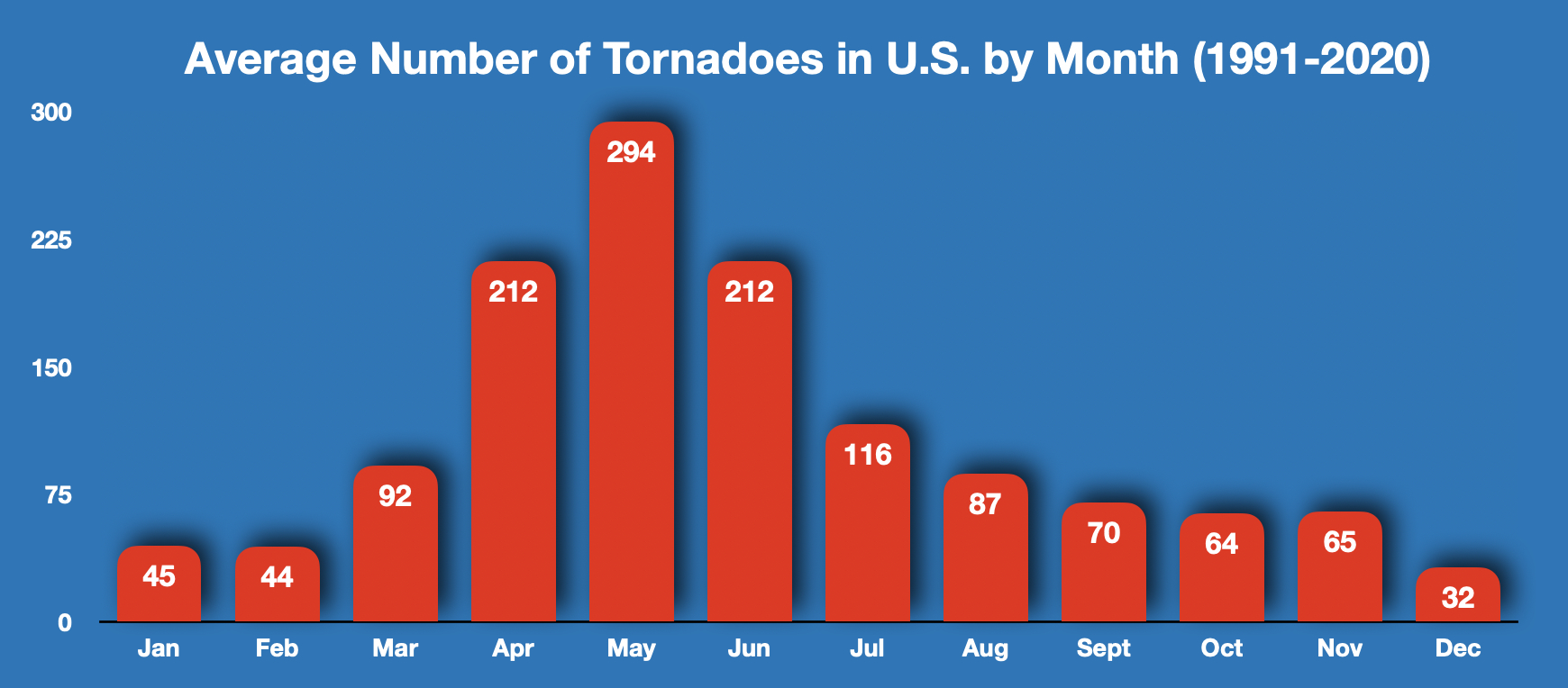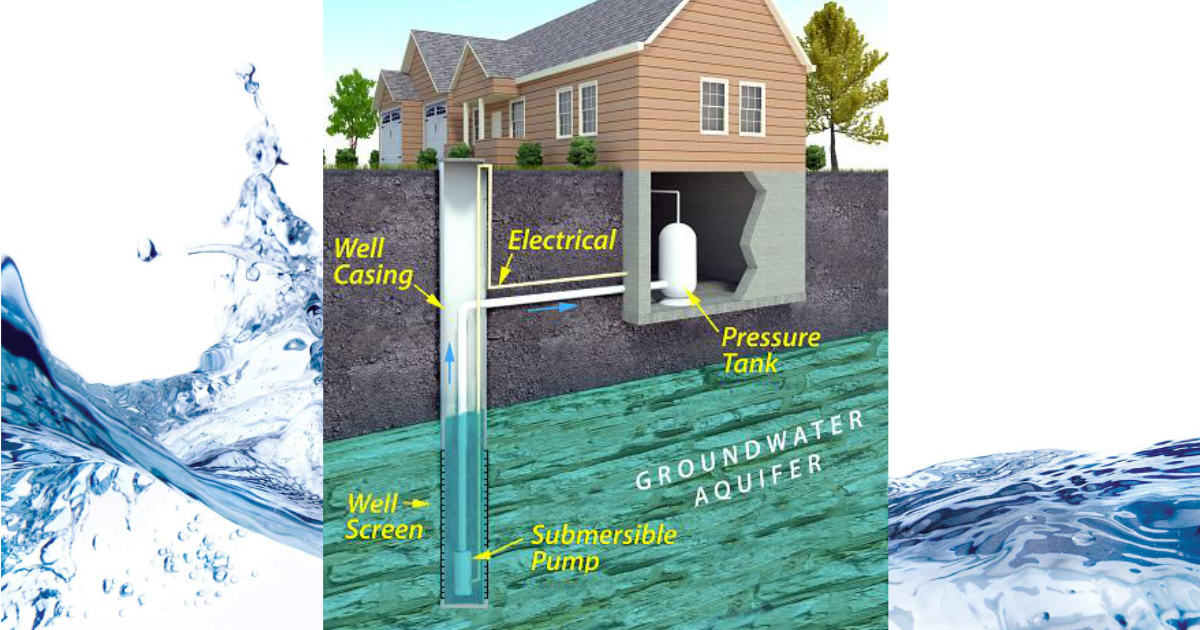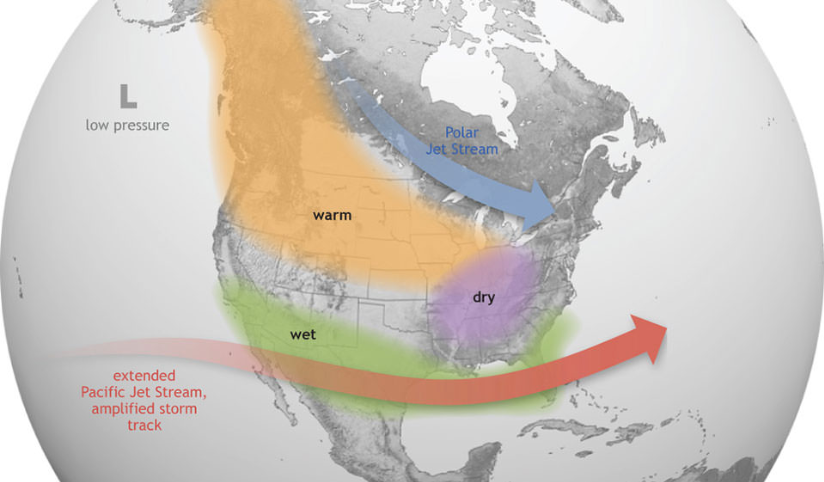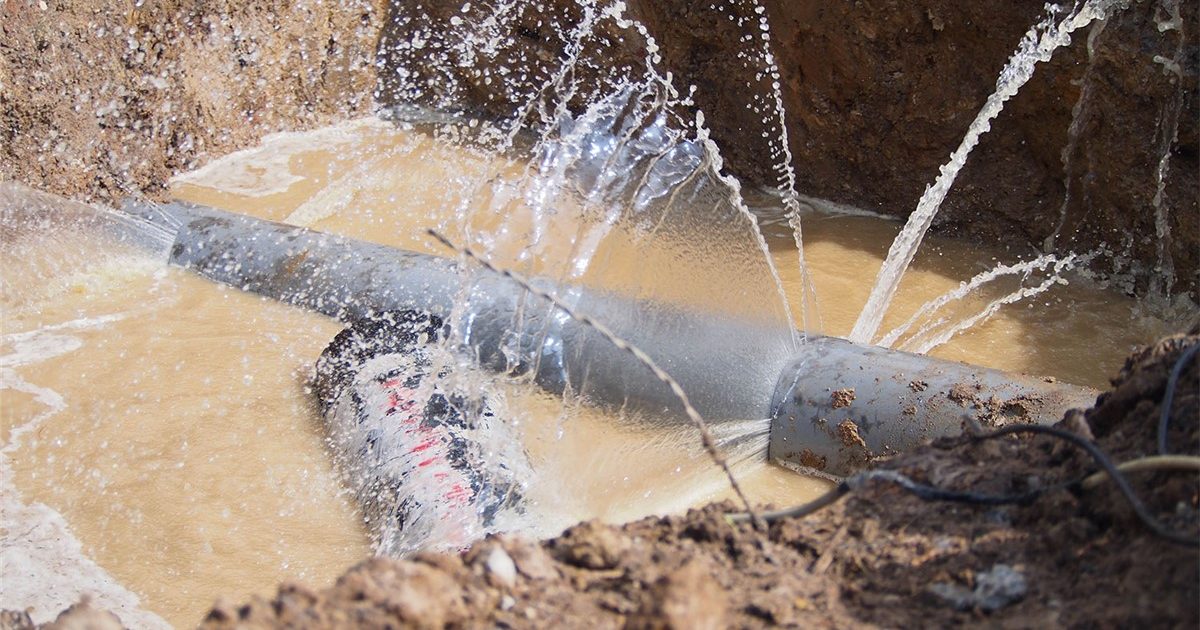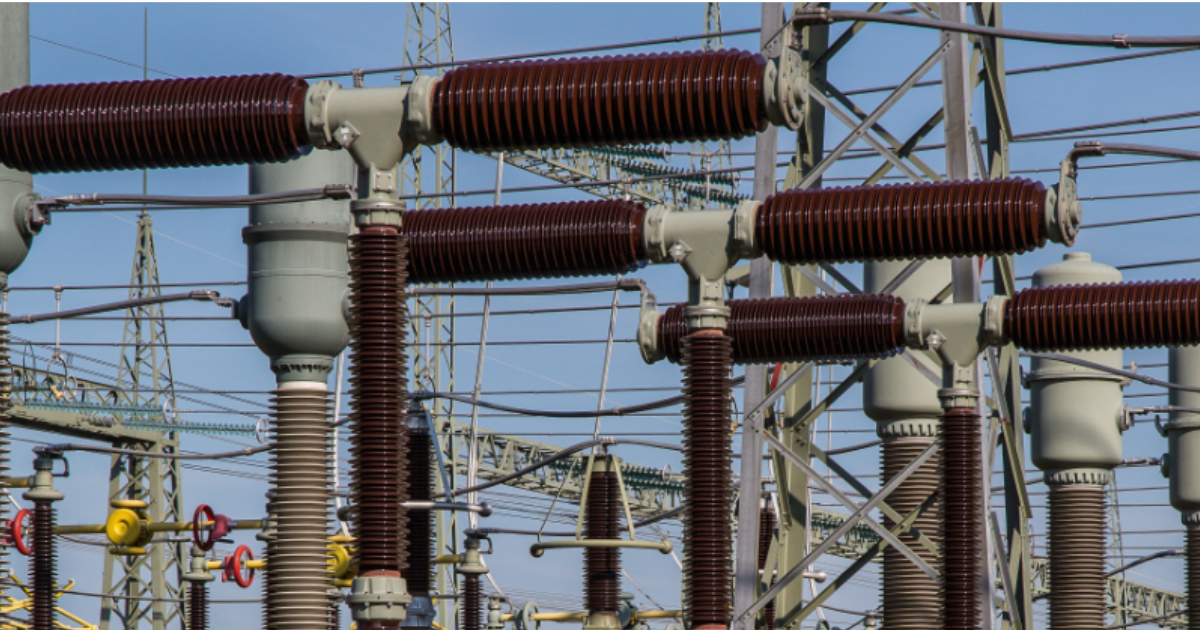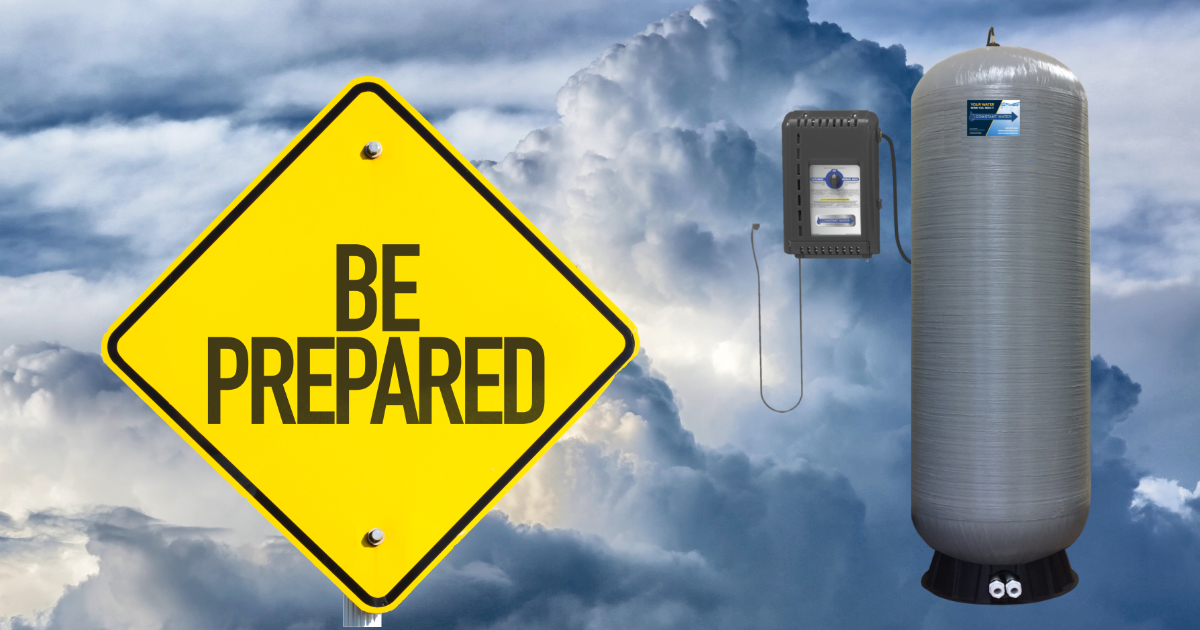What is your Emergency Water Plan?

Do you have an emergency water plan in place?
The latest Hurricane guesstimate is out. You’ll find this hard to believe, but they are predicting an above average activity season.
We see it with regularity: “Massive Storms to Hit Large Swaths of U.S.” Then they don’t come.
“Grim,” “Explosive,” “Well above average,” “Active,” “Setting Off Alarm Bells” are all descriptors recently applied to the upcoming 2024 Hurricane Season.
Should we believe them?
The Past May Not be Prologue
For the past several years, we have been told the storm season would be punishing. There would be more storms that historically seen. Were there?
In 2023, NOAA forecasted 12-17 Named storms, 5-9 Hurricanes, and 1-4 Major hurricanes. But, we only saw 20 named storms total, and only one hurricane made landfall. It was a doozy, but only one.
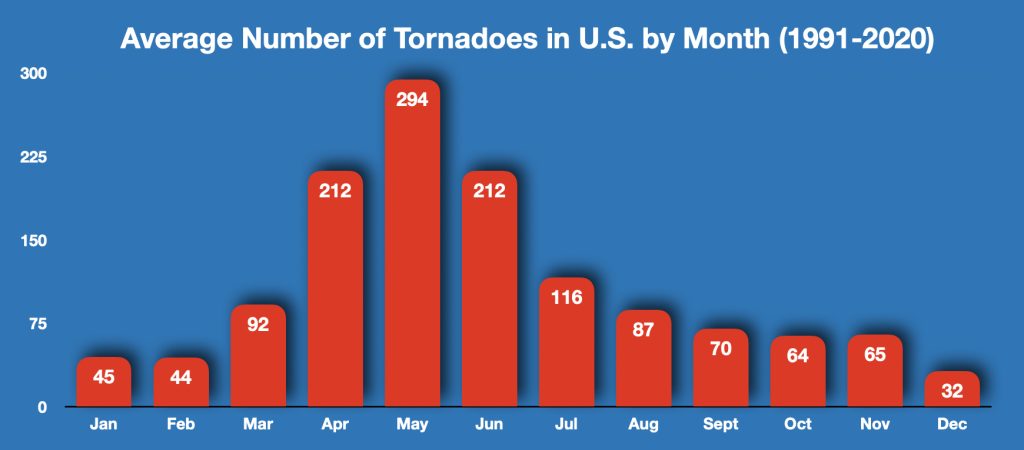
While the 4th most active, the 2023 was the least impactful season if 30 years. “Impact,” may be a function of lives lost, apparent damage, length of recovery. It is often also a function of the response, recovery or reconstruction costs.
- Did storm damage require a robust state/federal response for victims?
- Was the cost of recovery efforts substantial?
- Will reconstruction costs be extraordinarily high for home/business owners or insurance companies?
Impact based on “costs” may show significant increases over previous years, but everything is costing much more than in previous years. Home and business construction costs are not immune from the significant inflation over the past 3-5 years.
In fact, many insurance companies stopped writing new policies or renewing existing home insurance policies in Florida because of the cost of reconstruction. Recent articles suggest people are leaving Florida due to both the cost of homes and the cost of required home insurance.

So, ignore the forecasters. The real question is “How is your weather?” Are you seeing changes in your weather patterns?
Texas Wildfire Shows How Quickly Disaster Can Strike
The recent wildfires that spread across Texas and Oklahoma were devastating on many levels. Home were damaged, agriculture plantings destroyed, and livestock were killed. Many were without power both before the wildfires hit (proactive cutoff by the power provider) and after the fires (damage to power lines and grid components).
The wildfires began quickly, spread rapidly, and impacted many with little time to prepare. Having an emergency water plan in place can help you when notifications are short.
Weather is Changing
We have all heard of Climate Change. It is the concept that human activities, and the CO2 those activities generate, are responsible for dramatic weather changes globally. It is a fiercely debated topic.
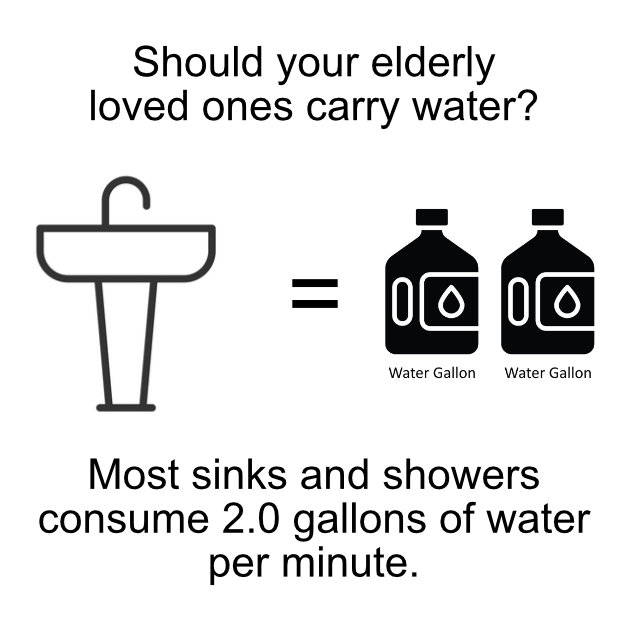
We prefer to address changing climate. This is the concept that the climate/weather is changing, and includes weather extremes such as the Ice Age.
The difference between the two is that Climate Change and be reversed by changing the habits and decisions of humans, where as changing climate will occur regardless of human habits and decisions.
What is common across the two concepts is the need to be prepared for changing climate/weather conditions. We simply don’t do that very well in the U.S., and we should be better at it. Start building an emergency water plan as soon as possible.
Ignore the Forecasts—What is your Plan?
We are saying ignore the forecasts not because they are irrelevant, but because you need an emergency water plan regardless of the forecasts.
Often, tornado warnings won’t offer enough time to implement an ad hoc emergency water plan. Seeking a safe space from the tornado is the priority. Put an emergency water plan in place in your home.
While we are the trusted leader in whole-house emergency water systems, above all else we encourage people to have an emergency water plan. If there is place in the plan for a Constant Water system, that is great. But, have a plan that will meet the needs of you and your family.
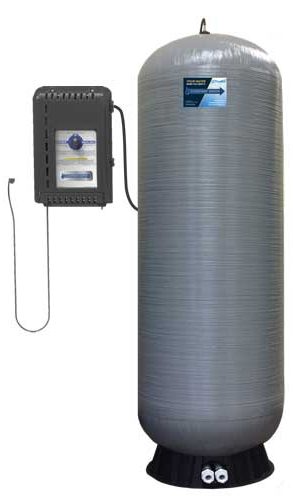
- Determine your emergency water needs
- Determine how you will meet those needs
- Determine how you will maintain your emergency water supply/system between emergency water events.
- Integrate your emergency water plans into your plans for your other emergency components: electricity, fuel, food, etc.
As you might imagine, we have emergency systems in our home. On Monday evening, we:
- Roll the garbage to the curb.
- Purge the sediment filter on our water well.
- Shutoff and restart our cell phones
- Test our emergency systems.
Whether it’s once a week or once a month, use the calendar on your phone to remind you to test your systems.
In the end, a plan prepares you to “P-S-R”; PREPARE for an emergency, SURVIVE an emergency, RECOVER from the emergency.
Build an emergency water plan for you and your family. There are a range of checklists available to help your planning process. We are happy to help, as well.

